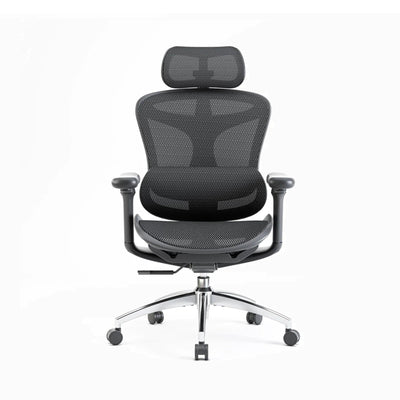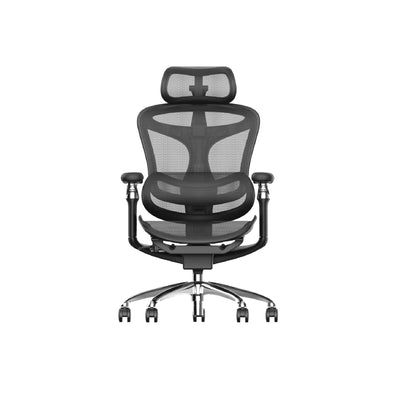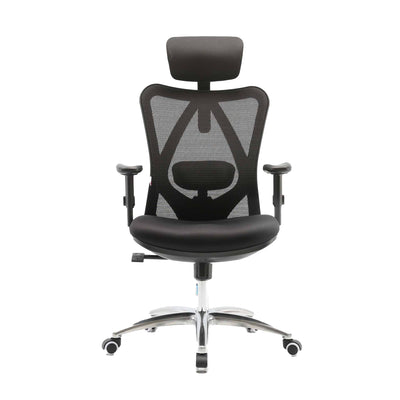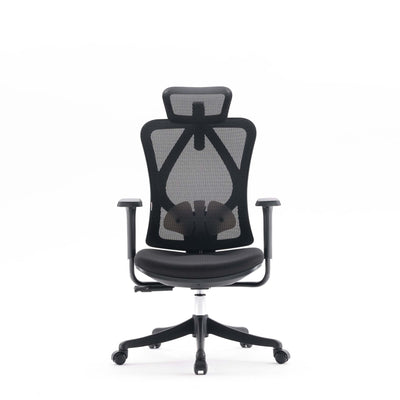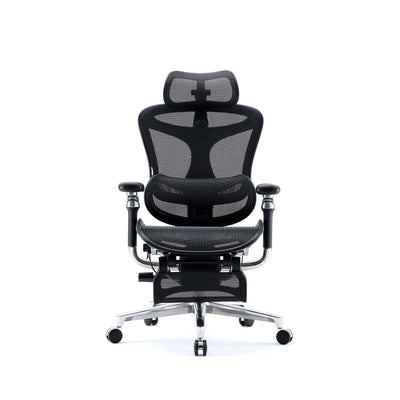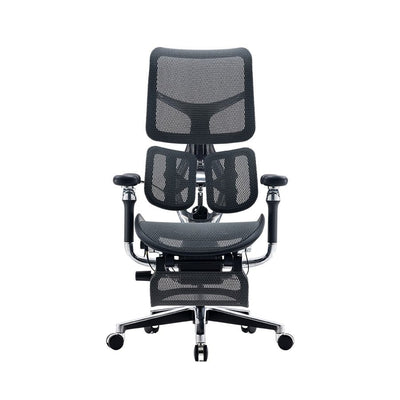
Nowadays, conversations about productivity are shifting from deadlines and output to people and culture. Leaders increasingly recognise that employee well-being is linked to sustainable performance. The connection is no longer treated as a soft concept. It is now seen as a measurable driver of efficiency at the workplace and an essential part of modern management.
Australian employees face changing expectations, rapid digital demands, and pressures to perform at consistently high levels. These forces can strengthen or strain well-being. When well-being suffers, productivity often drops, and morale follows. When well-being improves, teams work with sharper focus and greater confidence.
A broader understanding of well-being
Employee well-being now goes beyond physical health. It includes mental stability, a sense of belonging, and opportunities for development. These factors shape the way employees show up each day. They affect how people think, communicate, and handle challenges.
Physical comfort also plays a major role. Many offices place greater emphasis on healthier work environments. The increasing use of ergonomic office chairs reflect that shift. These changes aim to reduce strain, improve posture, and support long hours of concentrated work.
Australian workplaces now look at employee well-being as an integrated ecosystem. Each factor interacts with another. When one area weakens, the others struggle to compensate.
Why physical comfort matters for productivity
Physical discomfort is a quiet productivity killer. Workers who experience ongoing pain or fatigue often struggle with focus. Their tasks take longer, and their motivation declines. Supportive seating, proper posture, and thoughtful workspace design influence performance more than many managers realise.
Growing awareness of posture-related strain has led teams to reconsider traditional setups. Many businesses now invest in best ergonomic chairs to improve comfort and reduce fatigue. These improvements help employees maintain consistent energy and sharper concentration throughout the day.
A comfortable environment signals that a company values its employees. That message alone strengthens trust and commitment. When comfort improves, productivity often rises without pressure or reminders.
Mental well-being and its influence on daily work
Mental well-being shapes clarity, creativity, and resilience. Stress and burnout remain common across many industries. These issues slow decision-making and weaken communication. Teams lose valuable momentum when mental fatigue becomes normal.
Supportive cultures encourage open conversations and reduce fear of judgement. When employees feel safe, they express ideas freely. They also raise concerns earlier, which prevents small problems from becoming larger ones. This openness drives better teamwork and steadier performance.
Clear expectations, balanced workloads, and reasonable deadlines also support stronger mental well-being. These factors help employees pace their energy and avoid excessive strain.
The value of strong workplace relationships
Human connection is a powerful element of workplace performance. Supportive relationships enhance morale and encourage collaboration. Teams with strong bonds solve problems faster and maintain higher accuracy. Their communication is clearer, and their work feels more meaningful.
On the other hand, tense environments create delays and miscommunication. These issues reduce productivity more than many leaders realise. Healthy relationships help people stay motivated, especially during busy periods or industry changes.
Australian workplaces often rely on informal conversations to build trust. These moments create shared understanding and mutual respect. They help employees feel grounded and socially supported.
Reduced turnover and its impact on efficiency
High turnover disrupts workflow and slows momentum. Constant retraining consumes time, money, and attention. Teams lose depth and continuity when employees leave too often.
Supporting well-being helps reduce turnover across industries. Employees remain committed when they feel respected and supported. This stability strengthens the efficiency at the workplace and maintains long-term quality.
Reliable teams also build shared knowledge. This knowledge improves problem-solving and speeds daily operations. When turnover stays low, companies benefit from smoother processes and stronger internal relationships.
Leadership’s role in supporting well-being
Leaders set the tone for workplace culture. Their approach affects morale, communication, and employee trust. Supportive leaders encourage openness and fairness. They listen actively and respect employee boundaries.
Training leaders in emotional intelligence helps strengthen these skills. Leaders who understand their team’s needs create environments where people feel valued. These environments support productivity without creating burnout.
Clear communication also improves efficiency. Employees work better when expectations are consistent and transparent. This clarity prevents confusion and reduces unnecessary stress.
Work-life balance as a core part of productivity
Modern Australian workplaces increasingly embrace flexible arrangements. These arrangements help employees manage personal responsibilities while maintaining strong performance. Flexibility reduces stress and encourages healthier routines.
Remote options, varied hours, or compressed weeks appeal to many workers. These options help employees manage energy and stay productive throughout the week. Balanced employees contribute higher quality work and maintain steadier focus.
Healthy boundaries also matter. When employees feel free to disconnect after hours, they return with renewed clarity. This balance prevents burnout and strengthens long-term performance.
Professional growth as a long-term well-being factor
Employees who grow professionally feel more engaged and secure. Development programs give them direction and purpose. These programs strengthen well-being by offering opportunities to build confidence and expertise.
Workplaces that invest in growth often see stronger internal performance. Employees bring fresh ideas and greater independence to their roles. This independence lightens the managerial load and improves efficiency.
Training also reduces skill gaps that slow productivity. Continuous learning keeps teams adaptable and future-ready.
The role of workspace tools and furniture
Physical tools influence how employees work. Supportive seating, adjustable desks, and practical accessories improve comfort and reduce strain. These small adjustments make large differences in long-term performance.
Many teams explore options for modern office chairs that improve posture and mobility. High-quality seating supports longer periods of focused work. These improvements help employees maintain steadier productivity across the day.
Brands like Sihoo attract attention for this reason. Their focus on comfort and long-term support aligns with modern workplace needs.
Why organisations prioritise health-centred workspaces
Workspaces reflect company values. A healthy environment signals that people matter. This message strengthens loyalty and boosts performance. Employees work harder for organisations that show genuine care.
Furniture, lighting, ventilation, and layout all contribute to well-being. These elements shape energy levels and daily comfort. Australian offices increasingly invest in updated designs that encourage movement and reduce fatigue.
Companies also seek solutions for large teams. Sihoo offers bulk purchases for companies and organisations, enabling affordable upgrades across entire departments.
Creating a culture that supports well-being
Culture is built through consistent actions. It develops when leaders communicate openly and uphold fair practices. Culture shapes how employees treat one another and how they view their roles.
Workplaces that prioritise fairness and respect experience higher morale. These environments nurture confidence and encourage steady effort. Culture also helps employees adapt during stressful periods.
Regular feedback, team building, and inclusive decision-making reinforce culture. These practices help employees feel seen and valued.
Why well-being should remain a long-term priority
Well-being influences more than daily output. It affects retention, creativity, customer satisfaction, and long-term success. Companies that prioritise well-being outperform those that ignore its importance.
Healthy employees make better decisions and handle pressure with greater resilience. They adapt quickly and maintain higher standards. This consistency strengthens overall performance across all sectors.
Workplaces that sustain well-being strategies benefit from stronger loyalty and reduced turnover. These advantages build a competitive edge in crowded markets.
_________________________________________________
Employee well-being sits at the centre of modern productivity. Australian workplaces that prioritise comfort, culture, and growth create healthier teams. These teams show higher focus and greater endurance. They communicate better, innovate faster, and support one another naturally.




